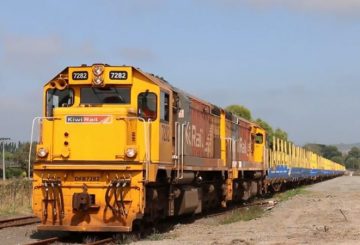Analysis – In the wake of Cyclone Gabrielle, New Zealand is again talking about “building back better”.
At its most basic level, build back better is an opportunity to rebuild homes and other buildings in a way that is responsive to future risks and sustainability needs. To achieve this, we need to address knowledge gaps around building within a circular economy.
A sustainable building in the circular economy model will minimise emissions and its impact on climate and natural resources across its entire life cycle.
The construction and demolition industry in New Zealand produces around 50 percent of all waste. The report concludes that the building and construction sector are not on track to achieve decarbonisation by 2050 – the international deadline for achieving net zero energy emissions.
Presently, we’re building sustainable homes on the premise of being carbon neutral by 2050, but they also need to be built on the premise of being carbon neutral at the end-of-life in 50 years.
The global need for sustainable and resilient buildings is a driver for the development of new construction materials, such as the plasterboard substitutes and low-emission concrete.
This could mean a “passport” for new materials based on local testing.
The adaptation of the circular economy approach to the “build back better” strategy for buildings will be essential in reducing the risk of future catastrophes, as well as the impacts on climate and natural resources.
Credit: radionz.co.nz




























































